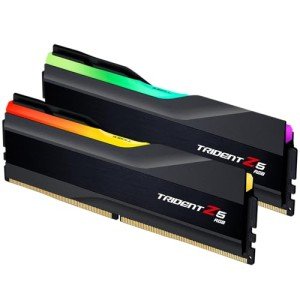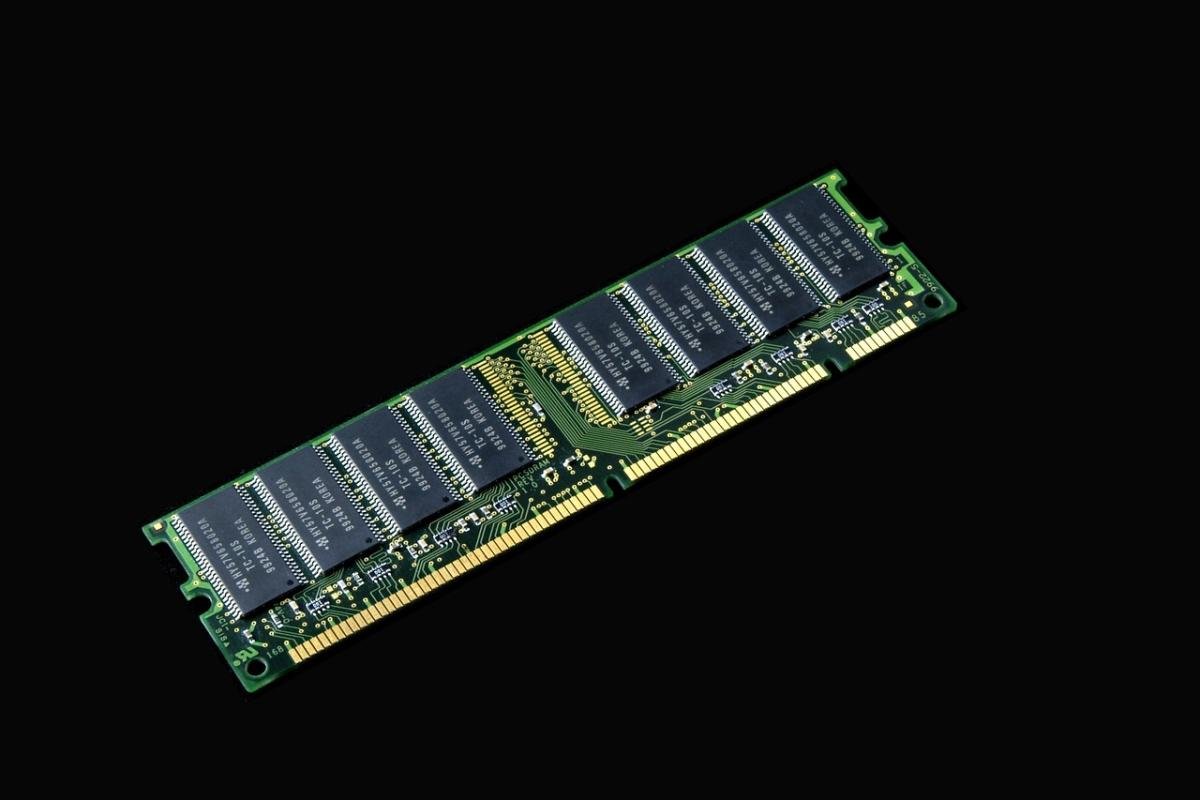**RAM: The Unsung Hero of Modern Computing**
In the intricate dance of computer components, Random Access Memory (RAM) plays an essential yet often underappreciated role. Serving as the computer's short-term memory, RAM is responsible for temporarily storing data that the Central Processing Unit (CPU) needs to access quickly. This essay explores the structure, functionality, types, and importance of RAM in modern computing, shedding light on why it is crucial for seamless performance.
---
### **Understanding RAM**
RAM is a type of volatile memory, meaning that it stores data temporarily and loses all information when the system powers down. Unlike permanent storage devices such as Hard Disk Drives (HDDs) or Solid State Drives (SSDs), RAM provides rapid access to data, enabling the CPU to execute tasks efficiently. This speed is what distinguishes RAM as one of the most critical components in a computing system.
---
### **How RAM Works**
RAM operates by acting as a bridge between the CPU and the system's storage. When an application is opened, its data is loaded from the storage device into RAM so the CPU can access it quickly. This significantly reduces the time required to retrieve information, allowing for smooth multitasking and faster processing. The more RAM a system has, the more data it can hold simultaneously, which directly translates to better performance.
For example:
- When you open a web browser, its data is loaded into RAM, enabling the browser to operate swiftly.
- Switching between applications is seamless because the data for those applications remains in RAM as long as there is enough capacity.
---
### **Types of RAM**
There are several types of RAM, each catering to specific needs and applications:
1. **Dynamic RAM (DRAM)**
DRAM is the most common type of RAM used in computers and smartphones. It continuously refreshes data thousands of times per second to retain information, which is why it is considered "dynamic."
2. **Static RAM (SRAM)**
Faster and more reliable than DRAM, SRAM does not need constant refreshing, making it ideal for use in cache memory. However, it is more expensive and typically used in smaller quantities.
3. **Double Data Rate (DDR) RAM**
DDR RAM is a type of DRAM that has evolved over time, with newer generations (DDR4, DDR5) offering higher speeds and energy efficiency. DDR RAM is widely used in personal computers, gaming systems, and servers.
4. **Graphics RAM (VRAM)**
Dedicated to handling graphical data, VRAM is optimized for rendering images, videos, and animations. It is an essential component in graphics cards for gaming and content creation.
---
### **The Importance of RAM in Computing**
The amount and speed of RAM significantly influence a system’s performance. Here’s why RAM is indispensable:
1. **Multitasking**
A larger RAM capacity allows users to run multiple applications simultaneously without slowing down the system. This is particularly important for professionals and gamers who need to switch between resource-intensive tasks.
2. **Speed and Efficiency**
Faster RAM ensures that the CPU can access data at high speeds, reducing lag and enhancing the overall user experience.
3. **Gaming and Creativity**
For gamers and content creators, RAM is vital for handling high-resolution textures, video editing software, and rendering 3D models. Insufficient RAM can lead to stuttering and crashes in these scenarios.
4. **Future-Proofing**
As software becomes more complex, the demand for higher RAM capacities grows. Investing in sufficient RAM ensures that a system can handle future applications and operating systems.
---
### **The Evolution of RAM**
RAM technology has come a long way since its inception. Early computers used memory measured in kilobytes, while modern systems now feature RAM capacities in gigabytes or even terabytes. Each new generation of RAM offers improved performance, energy efficiency, and compatibility with advanced processors and motherboards.
---
### **Conclusion**
RAM is the lifeblood of any computing system, enabling fast and efficient processing of data. Whether you're browsing the web, gaming, or editing videos, RAM ensures smooth and responsive performance. By understanding its functionality and importance, users can make informed decisions when building or upgrading their systems. As technology advances, RAM will remain a cornerstone of computing, adapting to the ever-increasing demands of modern applications. It may not always be in the spotlight, but RAM is undoubtedly a star player in the world of technology.
RAM: The Unsung Hero of Modern Computing
The Unsung Hero of Modern Computing RAM
Related Articles
Essential High-Performance PC Components You Need Now
Upgrade your setup with the must-have parts for unbeatable gaming and productivity
Top Picks for Best High-Performance PCs
Find the perfect power machine for gaming, work, or creative projects
Your Guide to the Best High-Performance PCs
Find the Right PC for Your Gaming and Creative Needs
View our related products
See more

Corsair Vengeance RGB 16GB Memory
Corsair
Product Review Score
4.55 out of 5 stars
170 reviews$64.99 $47.99

Corsair Vengeance 16GB RAM
Corsair
Product Review Score
4.6 out of 5 stars
215 reviews$44.99 $35.99




